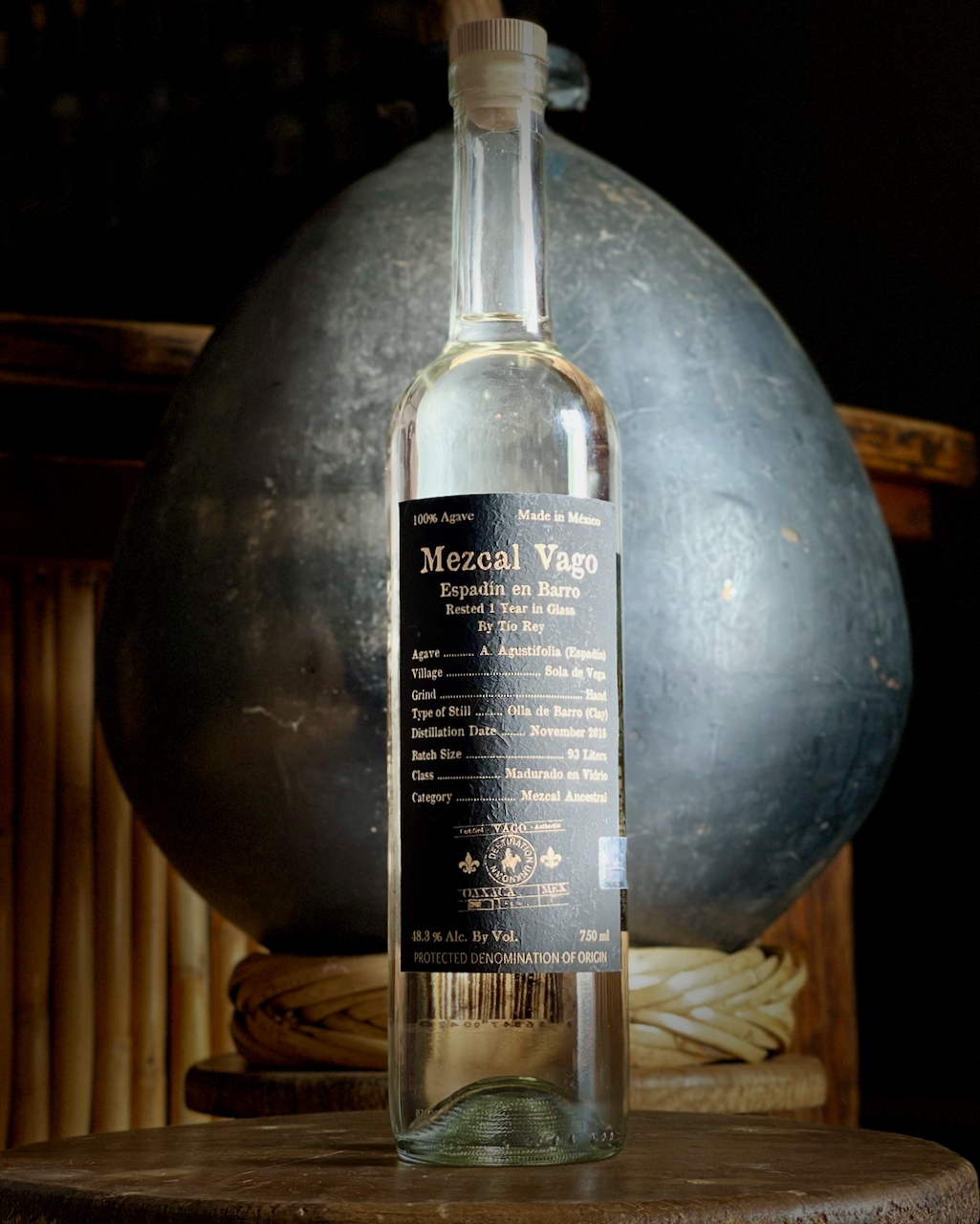Tobalá de Emigdio Jarquin Ramirez
After the incredible responses we’ve gotten from the first few batches of mezcal from Don Emigdio Jarquín Ramirez, we are excited and fortunate to be able to share his incredible Tobalá. This incredible mezcal is produced by Emigdio at his palenque in the Nanche district of Miahuatlán de Porfirio Díaz (16°39'78.7"N, 96°55'07.5"W). It is produced from small piñas that usually weigh around 50 pounds, on average and only yield roughly 4% by volume!

Agave Tobalá

Agave Potatorum, or Tobalá are some of the most prized mezcal agaves in existence. Their small, basketball-sized pinas have a very high starch content and produce very light, sweet & floral mezcales. Unfortunately, the plants scarcity and high demand as well as inability to reproduce clonally have combined to severely threaten the sustainability of this variety. Young children often scour the rocky slopes under the shade of oak trees to harvest under-sized tobalas to bring to mezcaleros knowing they can still fetch top dollar. Their small yield and limited availability combine to drive the price. They are also notoriously difficult to cultivate, adding the labor of wild harvesting into their price. As a result of this increasing scarcity, Mezcal Vago is actively working to remove wild harvested Tobalá from our supply stream. We are also actively planting thousands of Tobalá seeds throughout the year.
These plants look similar to a. Cupreata, with which they share genes, but are comparatively small. Typically, they grow to a diameter of 3 – 4 ft and a meter tall, however they can get substantially bigger. Their leaves are very wide and spade like, with a gray/green color. They range extends between Puebla and Oaxaca at elevations between 4,000 and 7,500 feet, where they grow in pine and scrub oak forests with rocky soil, typically beneath the shade of large trees. The natural range of Tobalá can be seen in the map below.

*Image taken from CONABIO website.

Producer: Emigdio Jarquín Ramírez
Mezcal goes back in his family at least three generations, Emigdio having learned it from his grandfather. Their horno is a conical pit dug into the earth, which can hold up to 7 tons of Espadin. Emigdio usually roasts his agave for 5-7 days, which is on the longer end of an average roast. He then lets it rest in the sun to cool for one to two weeks.

Emigdio’s Tahona
They use a cement tahona lined with rocks and pulled by mule to crush their agave. Once crushed, they use four Ocote wood fermentation vats with volumes of 1,470, 1,600, 1,600, and 1,700 liters, which usually take around three days to ferment to completion.

Refrescador Still Exterior

Refrescador Still Condensor
Distillation is done in a 300 l. copper refrescador still. Refrescador is a technique that is common to the area surrounding Miahuatlan, but Vago has never used before. The still looks similar to a copper alembique still with a stainless steel cylinder surrounding it. This cylinder is then filled with water, allowing it to cool the upper part of the still. This upper chamber now acts as a condenser and sends the alcohol vapor back down into the boiler before being heated again and passing out of the still and into the condensing coil. This method essentially allows for two distillations during a single pass through the still. Cuts are made using a carizzo to test for ABV as well as taste and smell. A full capacity 300 l. still will produce, on average, 100 l. of mezcal in roughly 14 hours.
A full roast of 700 tons will produce up to 700 l. of mezcal depending upon the which agave is being used. ABV is then adjusted by using colas that have been rested with distilled water in order to preserve taste and mouthfeel. Like all Vago mezcal, Emigdio’s goes through a simple sediment filtration through a tubular cellulose filter before bottling. The bottling is done by hand in Oaxaca City. The very light filtration is the only way the mezcal is affected between when it was made on the palenque and how it ends up in the bottle.

Location: Miahuatlán de Porfirio Díaz
Emigdio distills outside of Miahuatlán de Porfirio Díaz. We are very proud and excited to have finally found a mezcalero from this area we can put in a Vago bottle. Miahuatlán is a historically important town in mezcal production as well as where both Aquilino and Tío Rey’s families emigrated from. By adding Emigdio to the family, we are able to extend the conversation of our history and tradition even further back in time.
Emigdio’s land is in the Nanche district of Miahuatlán de Porfirio Diaz, about 2 ½ hours directly South of Oaxaca City. The palenque sits at around 4,970 ft., among gently rolling hills and shallow arroyos in a semi-arid climate. In the surrounding area grows Agave Espadín, Mexicano Verde, Tobalá, Tepeztate, Arroqueño, Pulquero, Madre Cuixe, and Bicuixe (Cuixe).
Glossary
Mosto - A low-alcohol mixture of agave juice, fiber and water. Mosto typically has an ABV of ~4-8%. Often referred to as tepache.
Ordinario - The regional term for first-run distillate. It usually has an ABV between 20 - 30% ABV. Sometimes called xixe.
Rectifiicación- The refining of xixe or ordinario through a second distillation.
Works Cited
CONABIO. Agave, Mezcales, y Biodiversidad. A. Karwinskiihttp://www.biodiversidad.gob.mx/usos/mezcales/A_karwinskii.html
Gentry. Agave of Continental North America. The University of Arizona Press. Tucson. 2004







